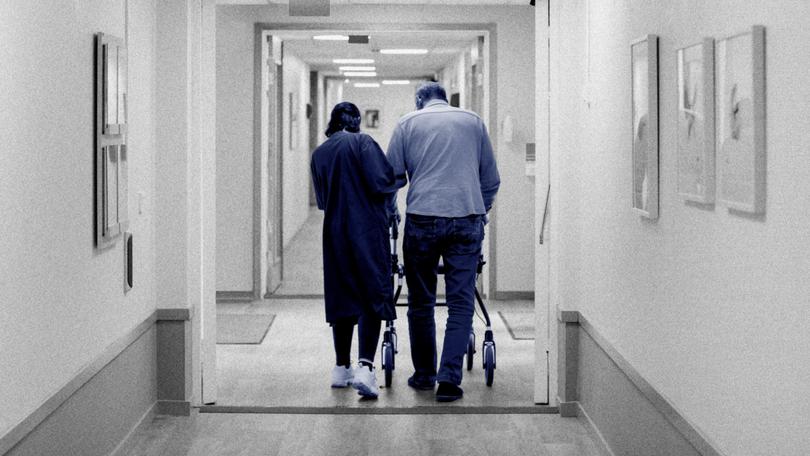Nick Bruining: Refundable Accommodation Deposit ceiling for aged care rooms to rise to $750,000 on January 1

The price of an aged care room for Mum or Dad is about to increase by a whopping $200,000.
A determination issued by the Minister for Aged Care Anika Wells earlier this month increases the maximum permitted refundable accommodation deposit from $550,000 to $750,000, effective January 1 next year.
A facility can apply to have a higher RAD where the location or amenities are greater than those provided normally. Some aged care homes in Perth are charging a RAD of $1.2 million for a room.
Sign up to The Nightly's newsletters.
Get the first look at the digital newspaper, curated daily stories and breaking headlines delivered to your inbox.
By continuing you agree to our Terms and Privacy Policy.Aged care residents typically pay two fees.
A daily care fee covers food and care services and a separate fee is charged for the accommodation.
A RAD effectively “buys” a room in an aged care facility. Amounts vary as do the rooms on offer.
For example, a $150,000 RAD might provide a shared room with a shared bathroom whereas $550,000 would get you a private room with an ensuite.
These are the types of rooms most likely to increase to $750,000.
Under the current rules, and if the RAD is paid in full on entry, the full amount of the government-guaranteed RAD is normally returned within 14 days of the person leaving the facility.
If the full RAD is not paid, the shortfall is multiplied by a quarterly government-set interest rate — currently 8.38 per cent a year. That figure is divided by 365 to calculate a daily accommodation payment.
The resident can choose to make this accommodation payment in addition to the daily care fees or have the RAD that has been paid eroded by the daily payment until they leave.
That will usually be because of the passing of the resident, so the payment is made to the estate.
Specialist aged care financial planner Brenda Will said that competitive pressures would determine what each facility did with the latest increase.
“The new places with rooms to fill probably won’t be looking to increase their RADs straight away and, in fact, you may be able to negotiate,” Ms Will said.
“That’s not the case with popular facilities with waiting lists. They will be tempted to increase the RAD as soon as they can.”
The increased RAD forms part of a wider suite of aged care reforms which are set to take effect on July 1 next year.
The changes will allow aged care operators to retain 2 per cent of the RAD for new entrants after July 1 for a maximum of five years.
A person who pays a $750,000 RAD after July 1 and remains in the facility for five years would see five times 2 per cent of the RAD retained, or $75,000 — reducing the amount to be refunded to $675,000.
No interest is paid on the RAD while the resident remains in the facility and it is, in effect, an interest free loan to the provider.
When the new rules were announced in September, aged care experts warned of a rush to locate rooms before July 1 in order to avoid the new rules.
Nick Bruining is an independent financial adviser and a member of the Certified Independent Financial Advisers Association

